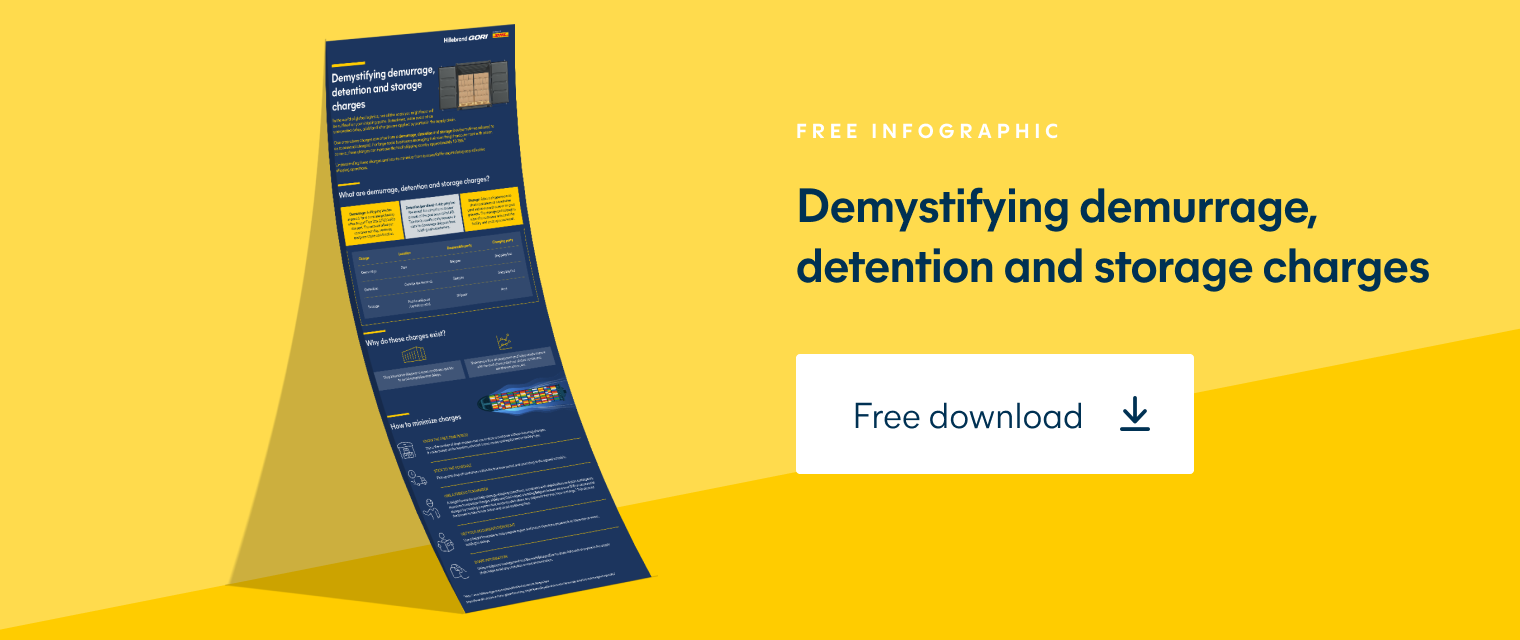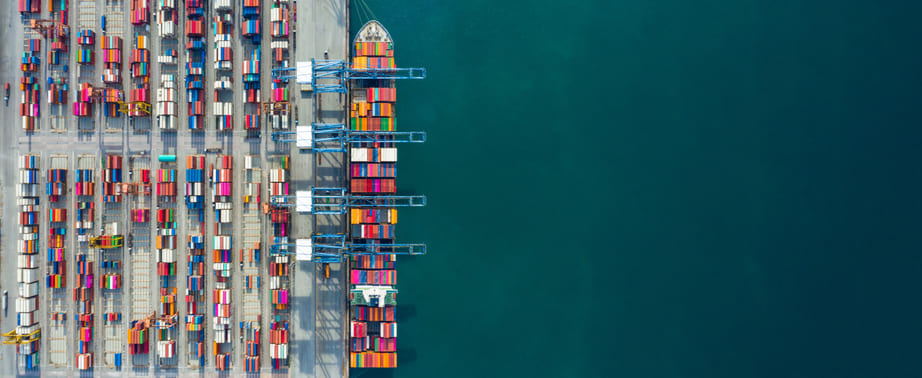Share this post
The world of free trade agreements for wine importing
Table of contents
As a wine importer, your business is at the mercy of international trade rules, quotas, and tariffs (taxes levied on imported goods). Free trade agreements are deals made between nations to lower or completely remove these barriers. The more free trade agreements that are in place, the more you can benefit by buying wine from international sources and selling to important markets.
However, the era of globalization is entering a new phase and obstacles to free trade have become more common.
Despite the current climate, many negotiations are underway around the world to hammer out new free trade agreements. But what will these deals mean and what do you need to know as a wine importer? Read on to find out.
What are free trade agreements?
When they sign a free trade agreement, also known as a treaty, nations agree to gradually reduce or eliminate the rules, regulations, tariffs, quotas, and duties that restrict imports and exports among each other. These international treaties are intended to prevent protectionism, a trade policy that limits the ability of countries to compete in each other’s markets.
Historically, this trade liberalization has helped increase access to wines from around the world and allowed importers and customers to choose from a more diverse range of wine.
Does free trade mean you can trade freely?
Such deals can be complicated and do not mean the removal of all import and export controls or protectionist policies. Specific products may still be restricted or subject to quotas for various reasons such as domestic regulations or to protect national producers from outside competition.
The New World Order
While global trade continues to grow, the world’s most powerful countries have been getting less enthusiastic about free trade agreements, restraining the free flow of goods and services, and imposing trade sanctions in response to domestic political concerns such as increasing economic nationalism and national security concerns, particularly regarding China.
Strategic industries such as steel and aluminum producers or the aerospace industry are often the subjects of these sanctions. Although the wine trade is not usually the direct target of such measures, it can suffer collateral damage through the limiting of wider free trade agreements.
For example, when US President Donald Trump placed tariffs on goods from Canada, Mexico, and the European Union, he said it was to protect US jobs and manufacturing and was also a matter of national security. As a result, UK and EU exports of wines and spirits to the US have suffered heavy tariffs of up to 25%, resulting in a drop in sales. US sales of Bordeaux dropped by 15%, for example.
What else do FTAs do?
Some free trade agreements raise or eliminate import quotas. This allows wine importers to import a larger quantity of wine from partner countries before tariffs or restrictions kick in.
Before signing a deal, partner countries may have varying wine standards and labeling requirements. This can act as a barrier to trade due to the need for costly and time-consuming compliance procedures. So, a process of regulatory harmonization that aligns standards in each country can be an important component of some FTAs.
Geographical indications (GIs) are valuable designations for the wine sector and other industries. So, free trade deals often guarantee the protection of geographical indications so that only wines produced in specific regions, such as Champagne or Bordeaux, can be labeled as such.
Free trade agreements offer many advantages to national economies in general and wine importers in particular.
Advantages of free trade agreements for the wine sector include:
- More opportunities for growth
- Access to global markets for both buying and selling wine.
- Competition among wine producers can reduce prices for importers and customers and increase buying power.
- Reduced paperwork and costs for importing wine.
Of course, there are some downsides to reducing trade barriers.
Disadvantages of free trade agreements:
- Increased competition for local wine producers and importers.
- An increased vulnerability to factors affecting international markets and the supply chain.
What are the EU’s free trade agreements?
The EU single market itself is the result of the Treaty of Paris, a free trade agreement signed in 1951. This has evolved into a customs union and its 27 members are considered to be a single territory for customs purposes.
This means that there are no duties on goods moving between EU countries and goods that are imported from outside the EU enjoy a common customs tariff which only has to be paid once, when they first enter the union.
However, the EU has also signed free trade agreements with many other countries and regions, including:
- Canada
- Central America
- Chile
- Colombia
- Japan
- Mexico
- Singapore
- South Korea
- UK
- Vietnam
- Switzerland
- Western Balkans
What is the UK’s Brexit free trade agreement with the EU?
Following the 2016 Brexit referendum, the UK officially left the EU on January 31, 2020.
Since 2016, the EU and the UK have been working hard to agree on what Brexit actually means in practice. The new EU-UK Trade and Cooperation Agreement (TCA) became operational on 1st May 2021 and covers areas such as trade, investment, transport, energy, and sustainability.
The TCA allows for zero tariffs and quotas on goods, like wine, that follow the relevant rules of origin. It also enables EU citizens to set up companies in the UK and access its market.
However, the two are still in the process of defining their new relationship, and further changes and renegotiated agreements are to be expected for years to come.
How do FTAs apply in the wine sector?
Wine has been a cross-border business dating back to the ancient world, and today the wine sector in some countries is highly dependent on exports. Wine exports help producers insulate themselves against changes in domestic consumption and open up new markets around the world. Globalization and free trade agreements have helped make wine one of the most popular adult drinks consumed around the world.
In fact, the international trade in wine, fresh and dried grapes, and grape juice has more than doubled in value over the last twenty years, growing from $17.7bn in 2000 to over $50bn by 2022. In the same period, the share of wine production exported internationally has grown from about 22% in 2000 to 42% in 2022.
The importance of free trade agreements can be seen in the case of Australian wine exports to China.
The wine industry in the land down under benefited hugely from the China-Australia Free Trade Agreement (ChAFTA) which was introduced in 2015 and lowered tariffs on wine and a variety of other goods.
Just a year later, thanks to ChAFTA, China had displaced the UK as Australia’s second-largest market for wine exports by value. By 2018, the volume of Australian wine exports to China had soared from 40m liters to 140m liters and value almost tripled from US$250m to US$723m.
In 2019, while Australia’s competitors continued to pay a 14% tariff, Chinese tariffs on Australian wine were reduced to zero. China became Australia’s top export market by value in 2020 with AU$1.2bn worth of wine sold.
Then, diplomatic relations between the two deteriorated, and in 2020 China imposed tariffs on many Australian goods, including up to 218% on Australian wine, effectively tripling the cost of a bottle for the end consumer.
Since the introduction of tariffs, the value of Australian wine exports to China has plummeted from AU$1.2bn to AU$8m.
The two countries are currently engaged in a process of negotiation aimed at returning to a friendlier relationship. Australian winemakers are also counting on a new UK-Australia free trade deal to fill the export gap left by China.
Another free trade agreement that is important for the wine industry is the EU-Japan Economic Partnership Agreement (EPA).
Ratified in 2018, the EPA is the world's largest deal of this type, covering nearly a third of global GDP and 635 million people.
It created a free trade zone and has been warmly welcomed by European wine producers.
Among other things, it meant all of Japan’s tariffs on EU still and sparkling wine products and vermouth wines were eliminated, and duties on other alcoholic beverages like cider, sake, and lo-no will be removed over the next few years.
Although Japan has its own vineyards and wineries, tariff-free imported European wine is proving very popular. By 2020, Japanese imports of still wine from France, Spain, and Italy, had increased by 10% each year on year and sparkling wines enjoyed a 20% jump.
Make free trade agreements work for you
Keeping on top of trade rules and regulations can be a full time job. Here at Hillebrand Gori we are always up to date with the latest developments. Contact us today to make sure you are making your business decisions using the most accurate information.
Trade agreements can be unilateral, bilateral, or multilateral.
In unilateral trade agreements, a country lowers its trade restrictions to help generate more trade with others. A bilateral trade agreement is made between two countries who both agree to lower their trade restrictions for each other. A multilateral trade agreement involves three or more countries agreeing to reduce their trade restrictions among themselves.
The World Trade Organization (WTO) is responsible for four international trade agreements: the Trade-Related Intellectual Property Rights agreement (TRIPS), the General Agreement on Trade in Services (GATS), the General Agreement on Tariffs and Trade (GATT), and the Trade-Related Investment Agreement (TRIMS).
RTAs are Regional Trade Agreements between two or more countries. They formalize the rules of trade for all participants. Examples include the European Union (EU), the United States–Mexico–Canada Agreement (USMCA), and Asia-Pacific Economic Cooperation (APEC).
Singapore could be considered the country with the freest trade in the world. The economy is open and imports do not attract tariffs. Additionally, there are few or no restrictions on foreign ownership of Singaporean companies.
How can we help your business grow?





